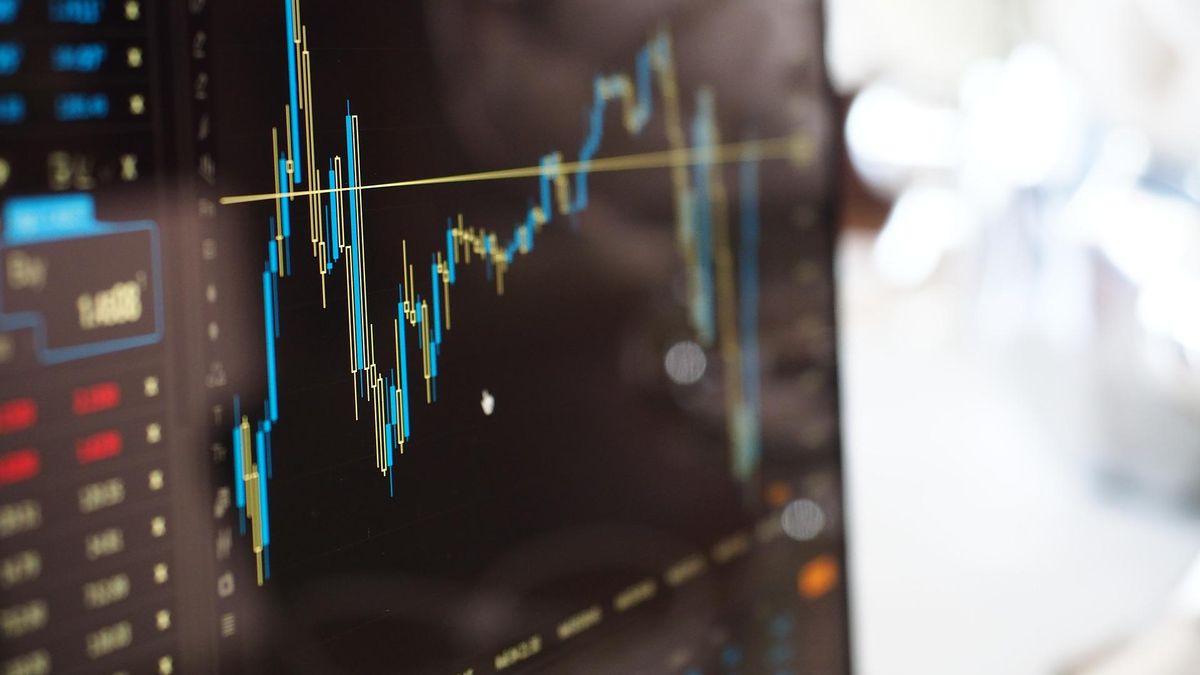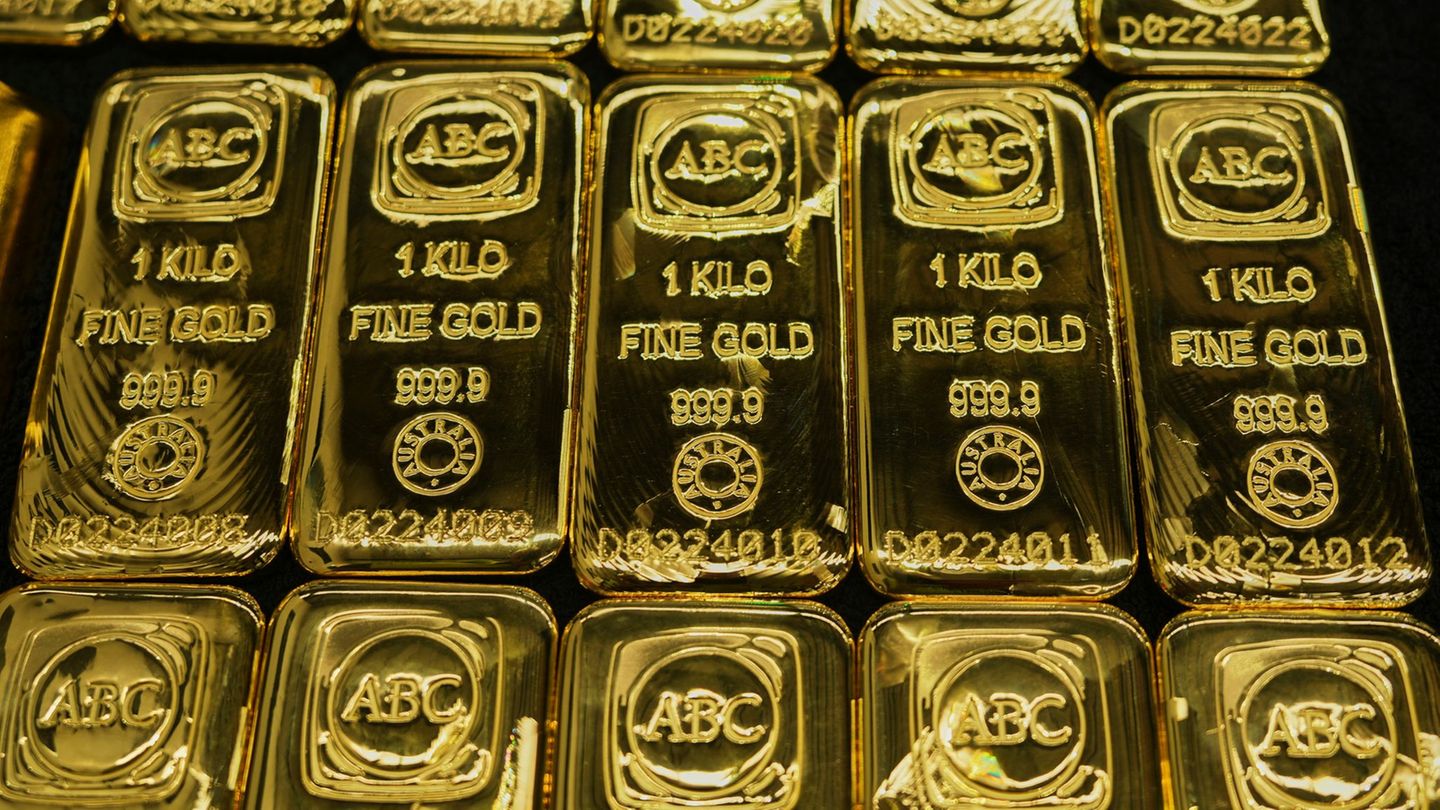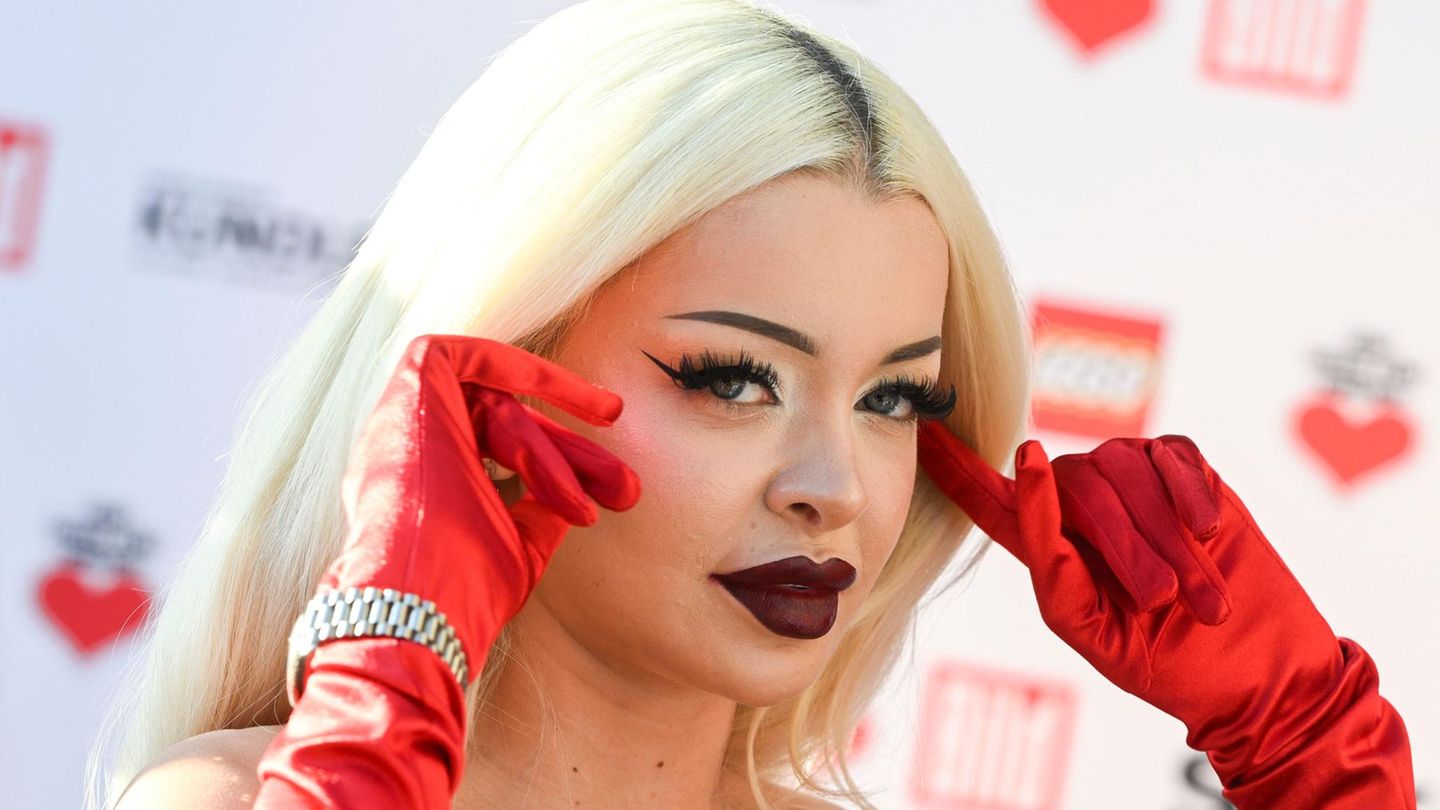At the same time, bonds 10-year US Treasury bonds – the benchmark for global loan markets and the traditional asset to fall back on in tough times – have had their worst first half since 1788.
Why? Russia’s invasion of Ukraine supercharged what was already rapidly rising inflation, pushing the big central banks to raise rates rates interest and politicians to warn of new world orders.
The result? A $13 trillion meltdown in global equities, a 15.5% plunge in the Japanese yen, the worst sell-off in Italy since the euro zone crisis and what is shaping up to be the biggest rally in commodities since the First World War.
To this must be added the expulsion of Russia from the world financial system, the downgrading of that country’s sovereign credit rating (the largest ever seen), the slaughter seen between cryptocurrencies and the shares of large technology companies, and the increase in the fear of a recession.
“It’s more or less the perfect storm,” said Daniel Wood, manager of emerging-market debt portfolios at William Blair, which is also having its worst first half on record. “Volatility has skyrocketed.”
The drama unfolded as soon as it became clear that COVID was not going to shut down the global economy again and that the world’s most influential central bank, the US Federal Reserve, was serious about raising interest rates.
Yields on 10-year Treasury bonds, which determine borrowing costs around the world, jumped from less than 1.5% to 1.8%, knocking 5% off the stock index. MSCI World Cups in January only.
Today, that yield is 3.1% and the stock is down 20%. Inflation is at its highest level in 40 years and the Federal Reserve is on track to implement the fastest rate hike since 1994.
Treasury bonds have lost more than 13% in price, the biggest loss since the US Constitution was ratified in 1788, according to Deutsche Bank; Italian bonds have hemorrhaged 25% in preparation for the European Central Bank’s first rate hike in over a decade; and emerging market debt is down almost 20%.
“Government bonds are not expected to lose more than 10% in six months,” said JPMorgan Asset Management global strategist Hugh Gimber. “This is uncharted territory for most investors. Central banks have seen the markets under pressure and haven’t reacted. That’s what’s different.”
SCARS
The very strong dollar has seen it rise 9% against a basket of world currencies in the first half, and it is up a further 15.5% against the Japanese yen, which has hit its weakest level since 1998.
Inflation and political problems in Turkey have caused the lira to lose another 20%. Egypt, one of the biggest importers of wheat, has been forced to devalue its currency by more than 15%, while at the other end of the spectrum the Russian ruble has risen, on paper, by 40%.
However, this is not an accurate reflection of its value, as Western sanctions over the “special military operation” in Ukraine and Russia’s internal capital controls mean the currency is no longer freely tradable. In fact, only two currencies have risen against the dollar with any certainty: the Brazilian real and the Mexican peso, which have appreciated by 6% and 2%, respectively.
Meanwhile, cryptocurrency markets have been hit by the recent collapses of “crypto stablecoins” TerraUSD and Luna, and Bitcoin’s 55% plunge this quarter.
POSITIVES
In many ways, it’s all down to commodity markets, where 50% and 60% price hikes in oil and gas are fueling global inflation.
This was the biggest first half gain for crude since 2009. But add to that the 20% and 30% jumps in wheat and corn, and some violent pressures in metals. Thus, BofA estimates that raw materials as a whole are on track for their best year since 1915.
However, the angst of the recession is starting to eat away. Copper has sunk almost 20% since March, its biggest quarterly drop since the early 2020 crash due to the pandemic, and nickel and zinc have subtracted 20% and 25%, respectively.
BofA commodity analyst Michael Widmer says more volatility is likely, largely due to limited supply. “The next 6 months are going to be especially troublesome,” he warned.
However, some try to see the positive aspects.
Ailing Chinese stocks are on the cusp of the traditional definition of a bull market, having risen almost 20% from their bottom.
For his part, Jim Reid, of Deutsche Bank, pointed out that the five worst performances of the US S&P 500 in a first half, before the fall of almost 20% this year, were followed by big rallies.
“In order of drops in the first half, we saw 1) 1932: H1 -45%, H2 +56%, 2) 1962: H1 -22%, H2 +17%, 3) 1970: H1 -19%, H2 + 29%, 4) 1940: H1 -17%, H2 +10%, 5) 1939: H1 -15%, H2 +18%,” Reid said.
By Marc Jones of Reuters news agency
Source: Ambito
David William is a talented author who has made a name for himself in the world of writing. He is a professional author who writes on a wide range of topics, from general interest to opinion news. David is currently working as a writer at 24 hours worlds where he brings his unique perspective and in-depth research to his articles, making them both informative and engaging.




